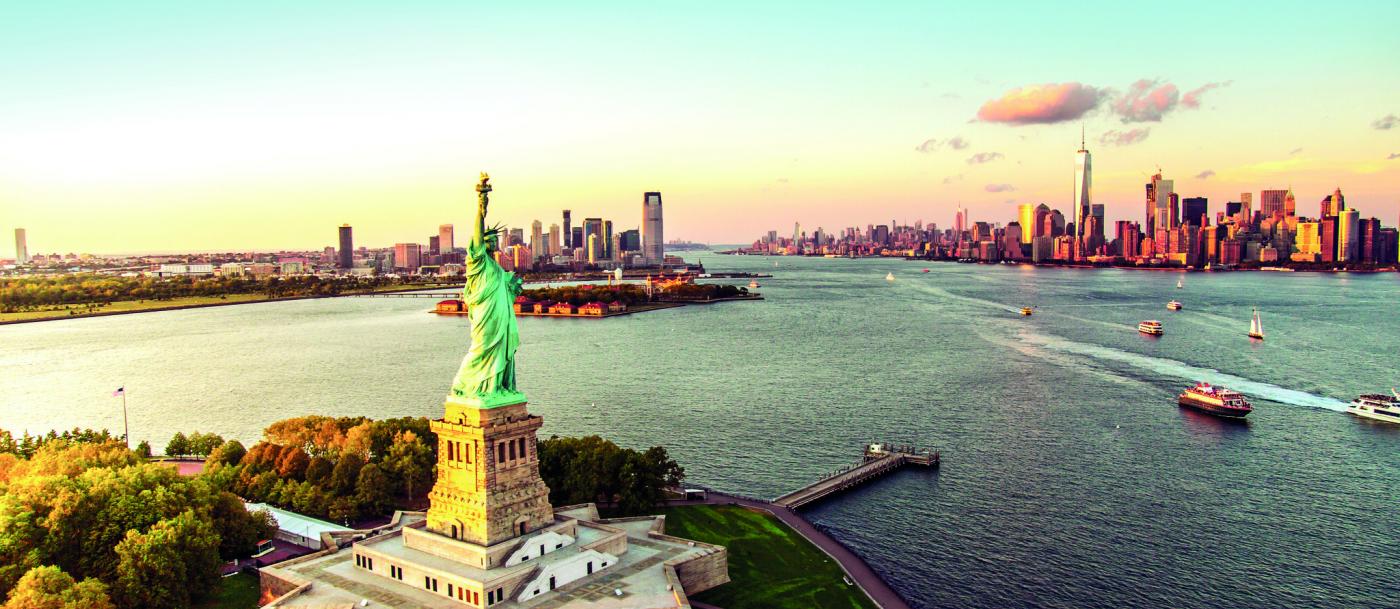Trust for Public Land: Hurricane Sandy roared over the New York City metro area seven years ago this week. Few who witnessed the storm’s power, or experienced its devastating aftermath, will ever forget it. But as climate scientists predict more and stronger hurricanes in the decades to come, what have we learned about resiliency in the years since Sandy? And how can nature-based solutions help prepare our cities for the next big storm?
Protect and restore wetlands
For much of the past century, wetlands were dismissed as useless or even dangerous—dredged, filled in, developed, and polluted. Since 1900, we’ve lost nearly two-thirds of the wetlands in the contiguous United States.
But attitudes and policies are starting to come around: today there’s greater awareness of wetlands’ role in the health of the environment—and, increasingly, the safety of our cities. When Sandy hit Staten Island, an eight-mile swath of wetlands and forests along the north shore shielded nearby residents from the most devastating effects of the storm surge.
The Trust for Public Land has been protecting wetlands in New York and New Jersey for more than 30 years. In the Barnegat Bay region, we’ve worked with communities to conserve 13,000 acres of beaches, salt marshes, and pine barrens. In Sandy’s aftermath, we helped convert a former shipyard into Staten Island’s Heritage Park.
Protect barrier islands
Follets Island is a strop of sand southwest of Galveston Bay, a few feet above sea level at its highest point. Unlike its neighbor to the north, Galveston Island, Follets is relatively undeveloped, mostly used as a beach destination for people in the Houston metro area.
But this tiny island offers outsized benefits to people who live on the low-lying plains between the Gulf Coast and Houston. Where they exist, barrier islands like these are the first line of defense against hurricanes: they blunt the energy of wind-driven waves, and can reduce the effects of storm surge for miles island.
“Barrier islands are incredibly dynamic,” says Stacey Shankle, Trust for Public Land project manager along the Gulf Coast. “In their natural state, they’re constantly growing, changing, migrating, and renewing themselves, which allows them to remain robust defenders of the bays and wetlands behind them.”
In the past few years, The Trust for Public Land has helped protect hundreds of acres on Follets Island. “We’ve worked with partners in Texas to create opportunities for people to explore and enjoy this unique place, while protecting lives and properties in the path of strong storms,” says Shankle. Read more>>

